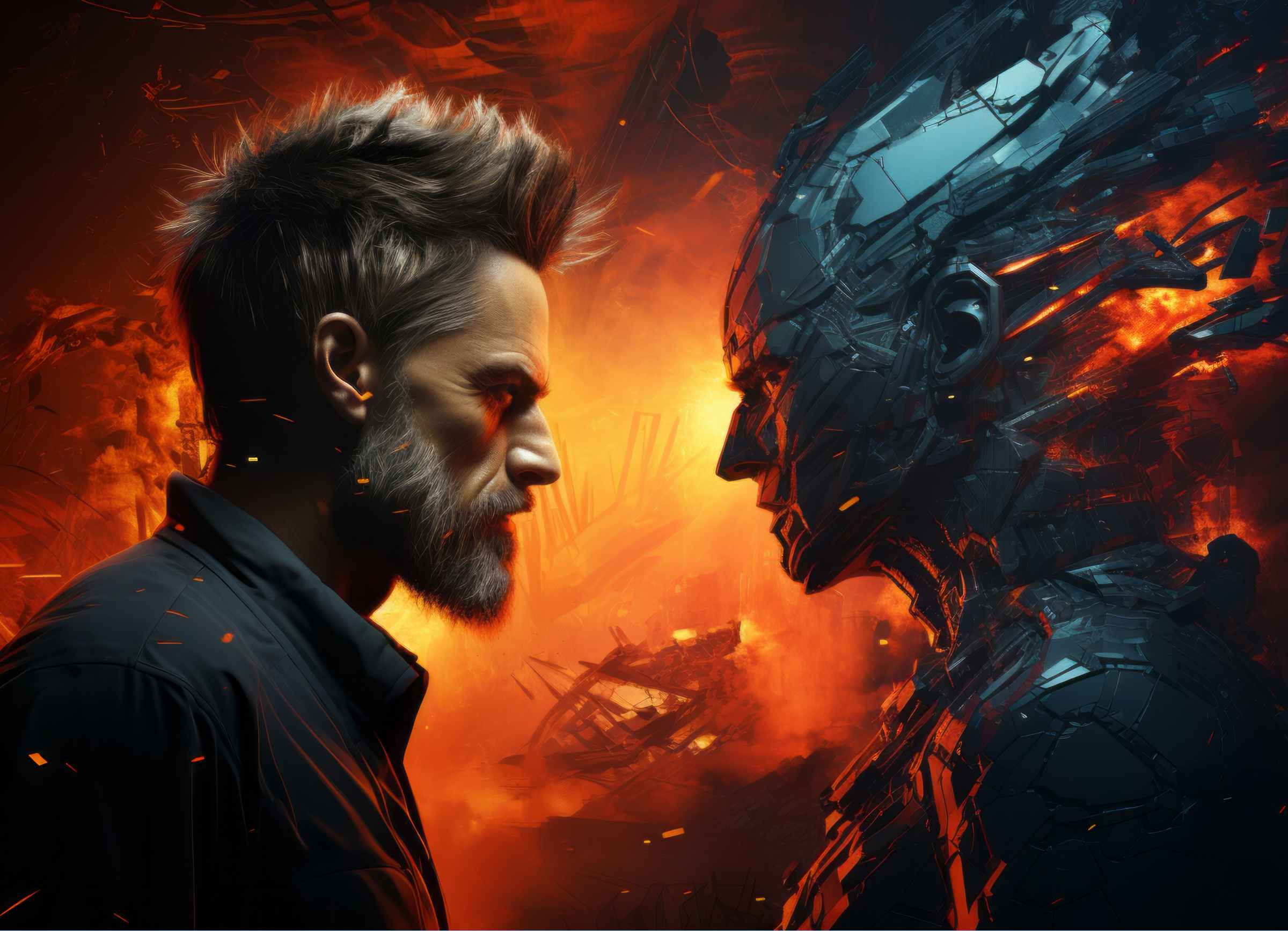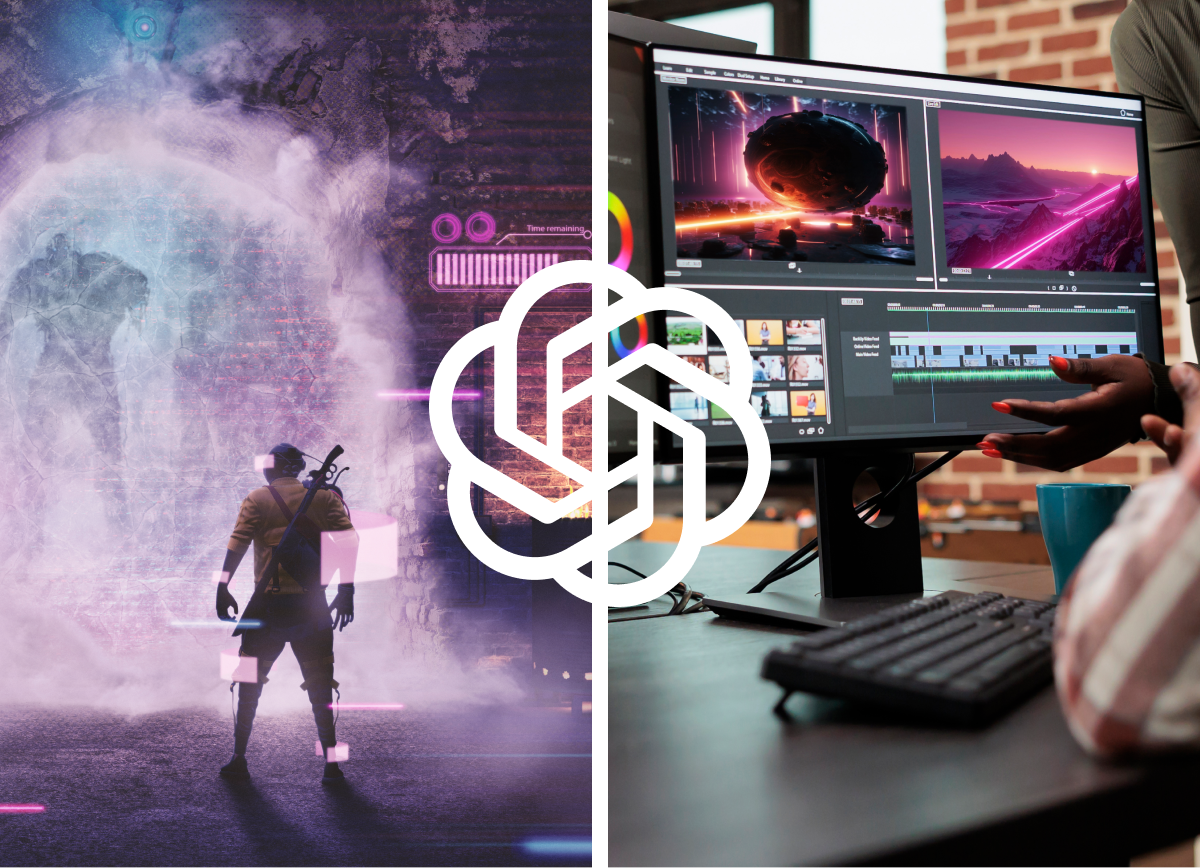
As JavaScript frameworks continue to be rolled out by developers day by day, it can be quite difficult to keep track of all of them. This, of course, excludes the task of learning how to use these languages and, more importantly, when. Luckily, most of these frameworks are built with specific development solutions in mind, and while they may borrow from each other time and again, each has a unique function which helps developers to create impressive software solutions. Frameworks are, therefore, a crucial part of JavaScript and the development world in general.
Most frameworks under development today focus on the front-end part of a web application, enabling developers to create highly interactive client-side interfaces while also enabling them to add features as they are being used. Among the most recently released frameworks of JavaScript is Vue.js. This framework is among the first to be developed from another existing JavaScript framework, Angular. Like many of the frameworks available today, it is built to focus on implementing interactive user interfaces for web applications.
Two advantages which make Vue.js a viable framework is the fact that it is a framework that is easily added to other JavaScript frameworks. The framework is made to be incrementally adoptive to whichever JavaScript base that can be found on a web application. Another advantage of the framework is that can be used to power single page applications. It is also a better option for heavy applications which require dynamic performances as it can place different components into simpler ones which can be written and reviewed independently. The following are some of the web applications which use Vue.js extensively.
Popular Mechanics
Popular Mechanics is a web application that is dedicated to offering users information on past, present and future information on mechanics. It is built in a blog format using text and graphics media to present highly interactive content to its users. The content is placed in different formats on a single page application build to offer users a smooth experience while visiting the site. Packed with many graphics and responsive features, Popular Mechanics uses Vue.js to group all the various features and formats into independent components which can be manipulated without having to change the entire platform format.
Carnegie Hall
A popular concert venue hall in the heart of Manhattan, Carnegie Hall is a place where music is created, fostered and shared. Having implemented an online system to enhance their global reach, the institution developed a web application. It features various unique styles of display of information, is highly interactive and contains many unique components all of which intricately work together to give its users a wonderful user experience. Using Vue.js, the web application connects the components of the website into one interactive portal, allowing users to easily browse through different features such as events, education options, and even ticket reservations.
SmartShoot
Photography studios and web applications are one of the most heavily built web applications on the internet today. They are built to incorporate uploading, storing and retrieval of large photos and videos, while adding a highly equipped editing tool for photographers to create unique photos and videos according to their liking. SmartShoot is one of these studios. It incorporates all the mentioned features while offering stylishly animated slideshows and different font styles. It uses Vue.js to incorporate these features and much more in a way that looks neat and interesting for the users.
Today
Today is a news platform which offers the latest of events worldwide as soon as they happen. Being a news portal for many different topics including politics, showbiz, sports and socio-cultural matters, it implements a highly interactive and extensive user interface, packed with features such as blog posts, visuals, maps and responsive comment sections. With the different heavy graphics also built into the web application, Today News needs a framework which joins all these tools together in a way that does not look clumsy and is appealing to users all over. Vue.js makes this possible because it writes into the existing frameworks to make them interact more smoothly and update features in a way that does not affect the rest of the existing features. It also allows them to manipulate single high priority stories so that they pop up to the user in a different way from the rest of the stories.
Lavarel
Lavarel is an online development environment which provides coders around the world with a highly effective and well-equipped platform to write neat code and design different applications including web and mobile applications, games and other utility apps. Being a web-based development application, the website features many heavy features, such as an integrated development environment which is adaptive to multiple development environments. It also features a highly effective code debugging system and different graphics features which are all intricately built to provide an efficient development environment.
Being a slightly new JavaScript framework, Vue.js continues to be incorporated into different applications, web and mobile alike. With single page applications becoming a thing of the future, Vue.js is sure to become an extensively used framework which will provide a simple to learn the framework to place different complex modules of an application into simplified and separate entities that are easily manipulatable and edited. As it is improved upon, the framework will possibly feature more capabilities which will help users make complex features lightweight and provide various ways of implementing highly interactive features on web applications.


